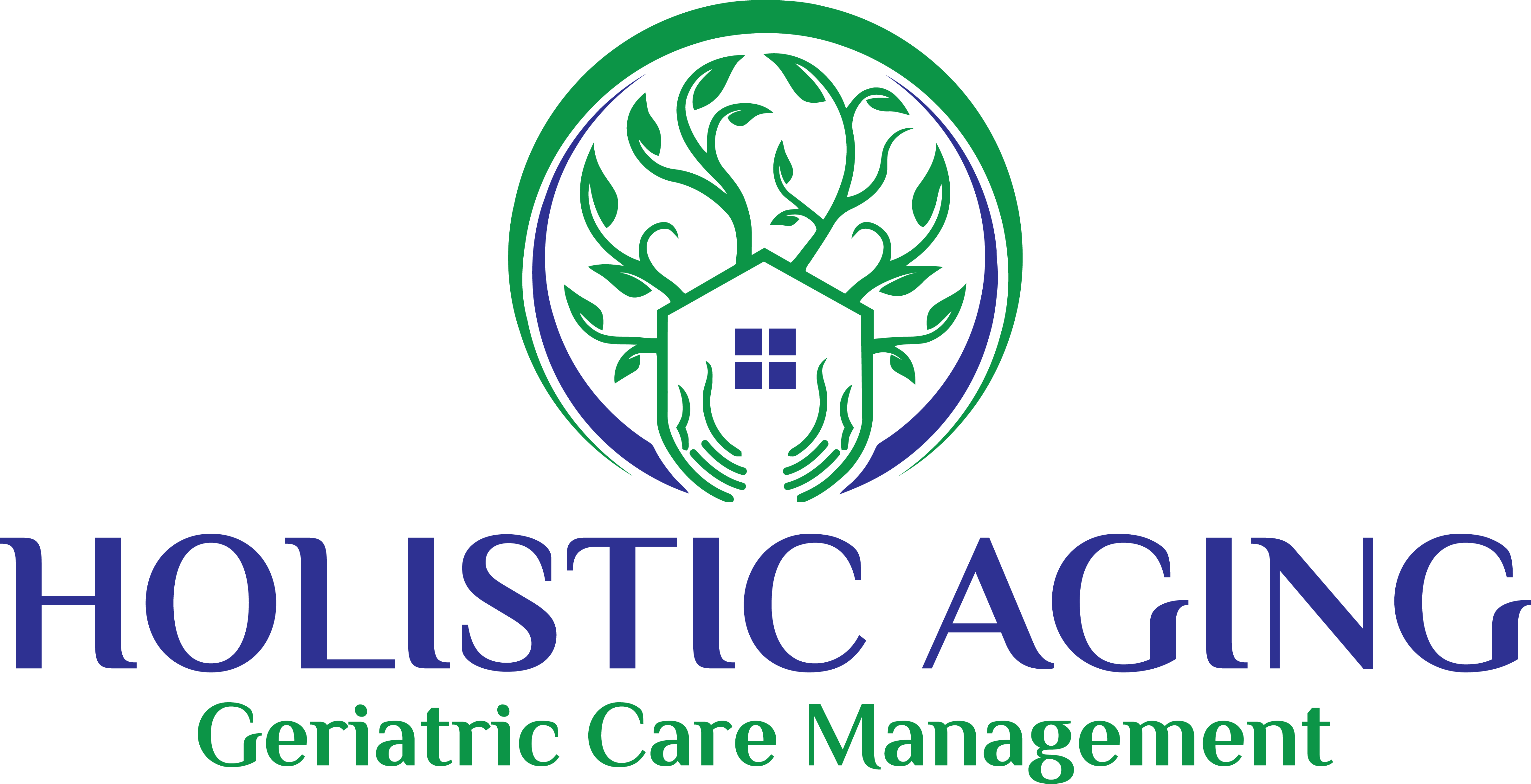
Cohousing Communities – Baby Boomer Long-term Care
The baby-boomers generation has seen too many of their parents move into nursing homes and assisted living. Our elders begin to lose mobility, memory and personal freedom. Eventually, facilities turn more into a prison than a home in their later years. The Boomers do not want to retire or grow older in the same kind of aging institutions. So it should come as no surprise that Boomers are embracing cohousing communities. Cohousing communities can be a tool for maintaining independence, building community, living light on the planet, and caring about each other.
As a professional RN Aging Life Care Manager, I have helped over 200 clients with managing aging, including recommendations on the best living environment for individuals. I am certain that baby boomers don’t agree with the current institutionalization model of care in Assisted Livings, Personal Care homes, CCRC and Nursing Homes that is present in the USA. Being at the tail end of the baby boomer generation I am also wondering what my options will be. There are many “retirement options” and one to consider is cohousing communities. Let’s take a look at why cohousing communities may be the answer.
For the next 17 years the baby-boomers will be turning 65 at a rate of 10,000 a day! While living alone doesn’t inevitably lead to social isolation, it is certainly a predisposing factor. Here are 5 facts about senior isolation that you may consider when considering the benefits of a co-housing community:
- Senior isolation increases the risk of mortality.
According to a study in the Proceedings of the National Academy of Sciences, both social isolation and loneliness correlate with a higher risk of mortality in adults aged 52 and older.
- Feelings of loneliness can negatively affect both physical and mental health.
Regardless of the facts of a person’s isolation, seniors who feel lonely and isolated are more likely to report also having poor physical and/or mental health, as reported in a study using data from the National Social Life, Health, and Aging Project.
- Perceived loneliness contributes to cognitive decline and risk of dementia.
Dr. John Cacioppo, a neuroscientist and psychologist at the University of Chicago, has been studying social isolation for 30 years. One frightening finding is that loneliness correlates with poor cognitive performance and quicker cognitive decline.
- Social isolation in seniors is linked to long-term illness.
In the PNAS study mentioned above, illnesses and conditions such as chronic lung disease, arthritis, impaired mobility, and depression were associated with social isolation. Ensuring appropriate care for our loved ones’ illnesses can help prevent this isolation.
Numerous studies over the past decade have shown that loneliness is associated with more depressive symptoms in both middle-aged and older adults.
- Loneliness causes high blood pressure.
A study in Psychology and Aging indicated a direct relationship between loneliness in older adults and increases in systolic blood pressure over a 4-year period. These increases were independent of race, ethnicity, gender, and other possible contributing factors.
According to the National Council on Aging, socially isolated seniors are more likely to predict their quality of life will get worse over the next 5-10 years. They are also more concerned about needing help from community programs as they get older and more likely to express concerns about aging in place.
Cohousing gaining ground
In 2017, Coho/US created a new Aging in Cohousing initiative to support the creation of age-friendly cohousing communities in the U.S. – both multi-generational and senior only. Their goal is to empower cohousing communities to create physical and social environments that allow people to flourish as they get older.
Age-friendly communities are proactively designed, or retrofitted, to support aging in community and some level of co-care for aging members. The grounds and buildings incorporate universal design and the hard conversations about issues of aging are taking place. An aging in community committee is formed, an outreach/advocacy program is put in place, and the community policies are written or changed to easily adapt to the changing needs and abilities of community members; regardless of their age or circumstance.
Groups in Denmark and the U.S. are choosing to live in intentionally inter-generational communities. These communities emerged to strengthen social ties between aging seniors and their younger counterparts who are balancing work and family. People living in them say the model fosters an interdependent environment and helps everyone feel more comfortable with the process of getting older.
Households have independent incomes and private lives, but neighbors collaboratively plan and manage community activities and shared spaces. The legal structure is typically an HOA, Condo Association, or Housing Cooperative. Community activities feature regularly-scheduled shared meals, meetings, and workdays. Neighbors gather for parties, games, movies, or other events. Cohousing makes it easy to form clubs, organize child and elder care, and carpool.
Why Consider Cohousing Communities as a Retirement Aging Option?
Interest in cohousing has surged in recent years. The trend is driven by baby boomers seeking a downsized, community-oriented and environmentally-friendly lifestyle. Cohousing is also gaining traction among millennials as they search for a better way to raise their children.
- As social scientists confirm, we’re happier, healthier, longer living people with daily social interactions and connections.
- Cohousing allows residents to pool efforts and resources for occasional shared meals and child and elder care. Shared gardens, and environmentally-friendly structures contribute to lower carbon footprints.
- Cohousing offers a feeling of security, both physical and financially. Common values usually encompass living a healthy lifestyle, respect for the environment, lifelong learning, personal growth and positive contributions to society.
